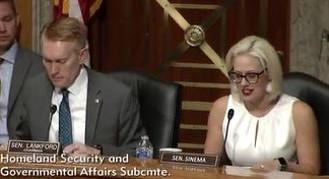Reply Comment on Benefit-Cost Analysis at the STB
On November 4, 2019, the STB solicited further information from the public about specific methods that could be used for benefit-cost analysis of rules related to economic regulation of freight railroads.


